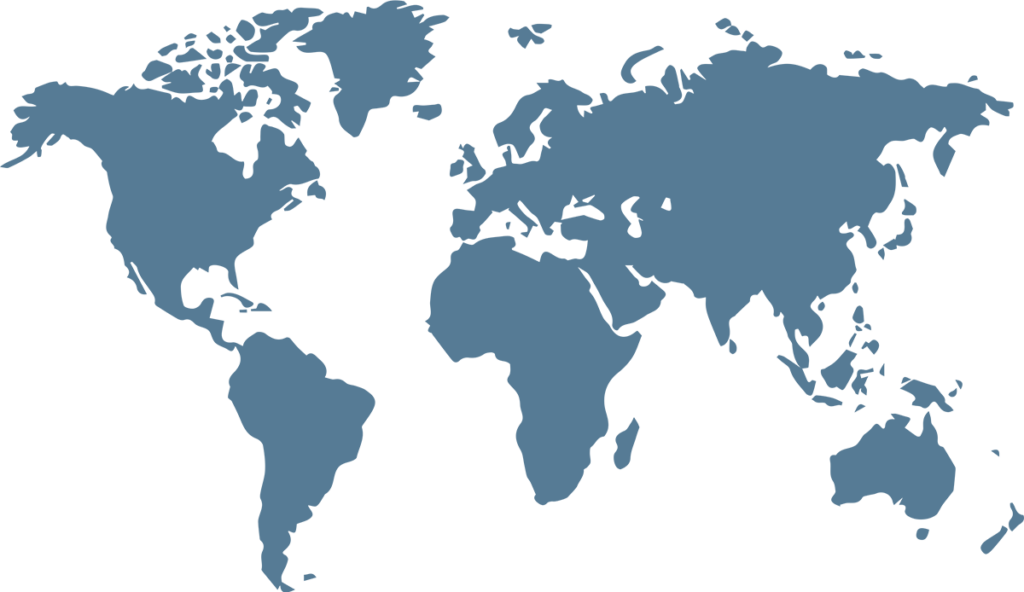Watmore Makokoba – Own Correspondent
IN the wake of agricultural Artificial Intelligence becoming more effective in building resilience against climate change, a Zimbabwean tech start-up, Kurera Technologies has unveiled a unique solar-powered chicken feeder that could revolutionary’s poultry farming in the economically challenged country.
According to the inventor of the technology, the machine could bring a new era to Zimbabwean smallholder farmers, as it has been especially mechanised to ease the burden of feeding chickens, reduce the spread of diseases and enhance profitability for all level poultry farmers.
“The Smart Chicken Feeder operates from a 50Watt solar panel, with a battery back-up duration of up to 4 days,
“The technology performs the feeding activity in such a manner that the stock feed consumed daily is regulated through an integrated counter module that monitors total stock feed dispensed,
“The machine computes the feeding process in variable based on the age and number of chickens being kept.” Said Bongani Masuku, Kurera Product Designer.
Masuku said in coming up with this technology, Kurera aims to focus on providing an innovative precision feeding solution to chicken farmers who oftentimes face challenges from the inconsistent power electricity supply, which is very critical in poultry keeping.
“The innovation also significantly reduces production costs while serving time at the same time, approximately 70% of the overall production cost per chicken is contributed by the feeding,
“Our product is designed to ease the burden of feeding chickens and reduce human contact with the chicken, thereby reducing the spread of human-transmitted diseases. for chickens,” he said.
Humans can act as vectors of diseases such as the highly contagious avian flu also known as Bird flu or HPAI H5, which is a viral disease that affects wild birds and poultry.
The smart chicken feeder is also integrated into a mobile application, which enables it to be operated remotely through a cell phone.
Through the mobile, chicken farmers will be able to reduce the number of fowl run visits when checking on stock feed levels in feeding containers. Whenever stock feed runs low, the farmer simply receives an SMS alert.
“Integrated with a mobile app, the chicken farmer stays connected to his or her chicken business, monitoring the progress of the batch of chickens without necessarily having to be physically present”, he added.
Most poultry farmers rely on manual feeding methods, which however presents several challenges to the farmer, for instance, broiler chickens have a feeding table that outlines the required daily feed quantities that the farmer is supposed to use when feeding chickens. This can be consuming as the farmer has to measure the daily feed proportions that are required.
“The manual feeding method presents a challenge to the farmer due to the lack of a feed regulating mechanism, to control the daily stock feed consumed. As a result, small-scale farmers tend to use up to 9 x 50 Kg bags of stock feed whilst the total stock feed to be consumed is pegged at 7 x 50 kg bags of stock feed”, said Bongani.
This unique innovation resonates with United Nations Sustainable Development Goal number 9 and 13 which speak of “Building resilient infrastructure, promoting sustainable industrialization and fostering innovation and “Taking urgent action to combat climate change and its impacts respectively.

